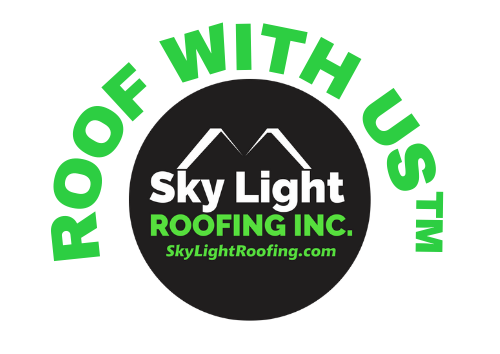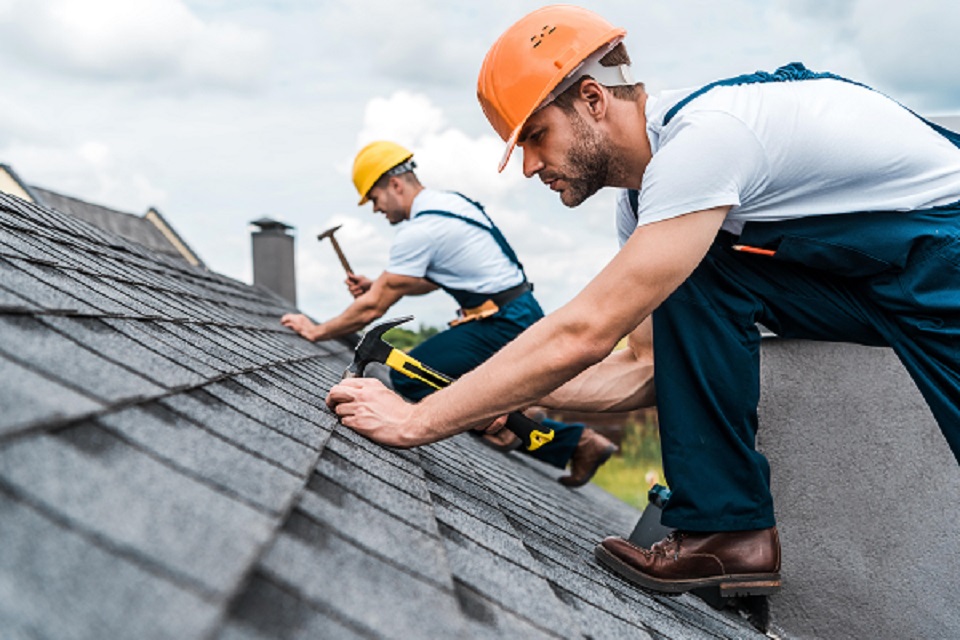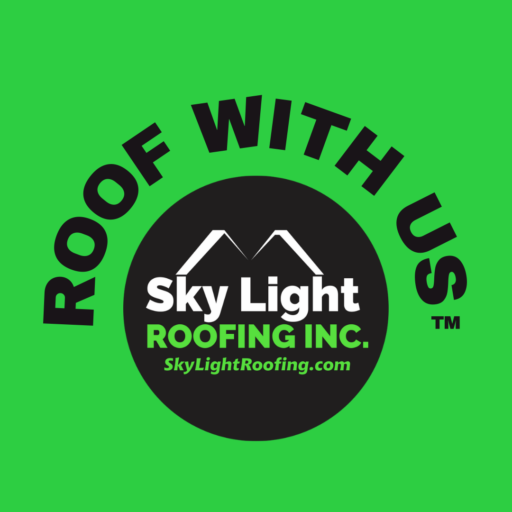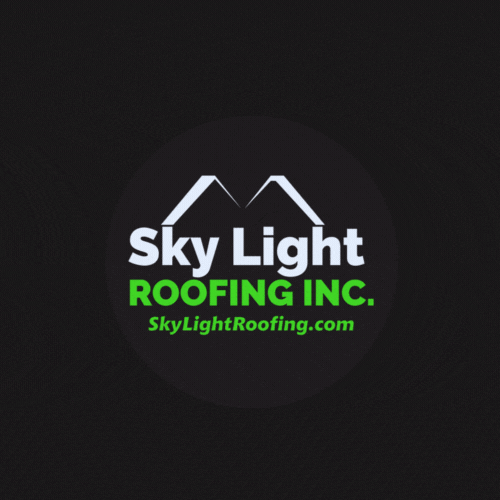Are you looking for an attractive roof for a remodel or new construction? A world of options is available to you. You can choose from roofs that look stylish, create more top-floor space, or offer other impressive benefits.
First, you’ll learn about five common types of roof and what sets each one apart. Then, you’ll learn about some of the shingles that are available to give your roof the exact look you want.
5 Common Types of Roofs
Below, you’ll find a list of some of the most common types of roofs available and some examples of how these roofs look in the real world.
- Butterfly Roof
- Gable Roof
- Hip Roof
- Mansard Roof
- Flat Roof
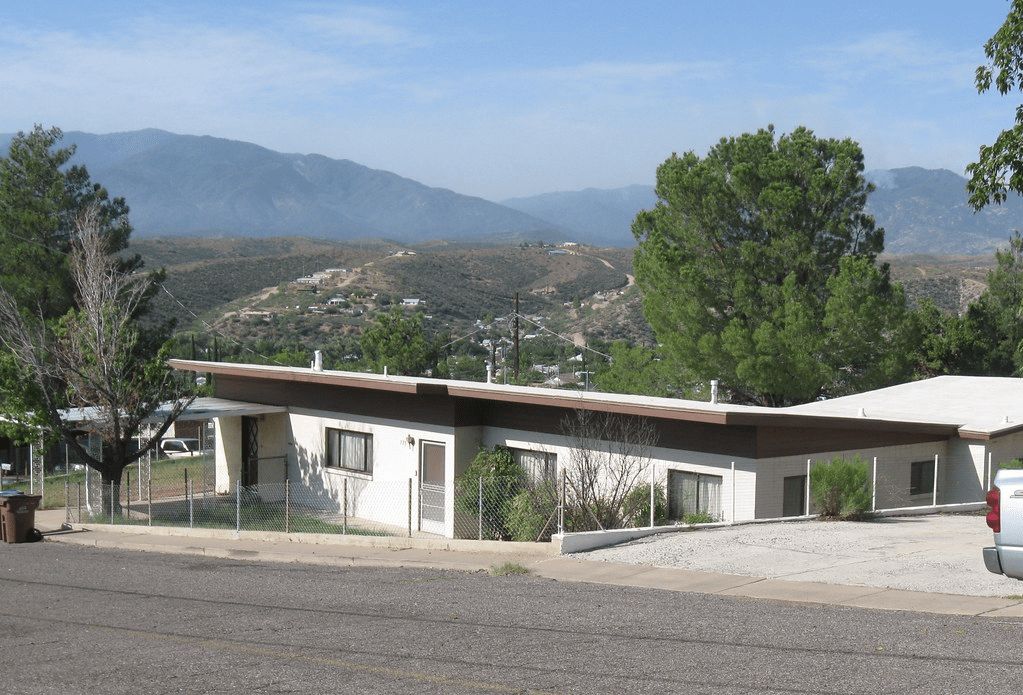
Butterfly roofs are a stylish option that can be seen on many mid-century modern homes and newer glass-and-steel homes and businesses. The roof is lowest at the center point and angles upward and outward.
They look striking from many angles, and can easily incorporate features like skylights. Despite the relationship this style has with trendy homes, they may have first been invented out of a practical need. These roofs divert any water that falls toward the center.
When they are correctly angled, water can be channeled toward a chosen point without the need for gutters. That makes these roofs particularly valuable to any owners who want to use the rainwater for sustainable purposes.
Gable Roof
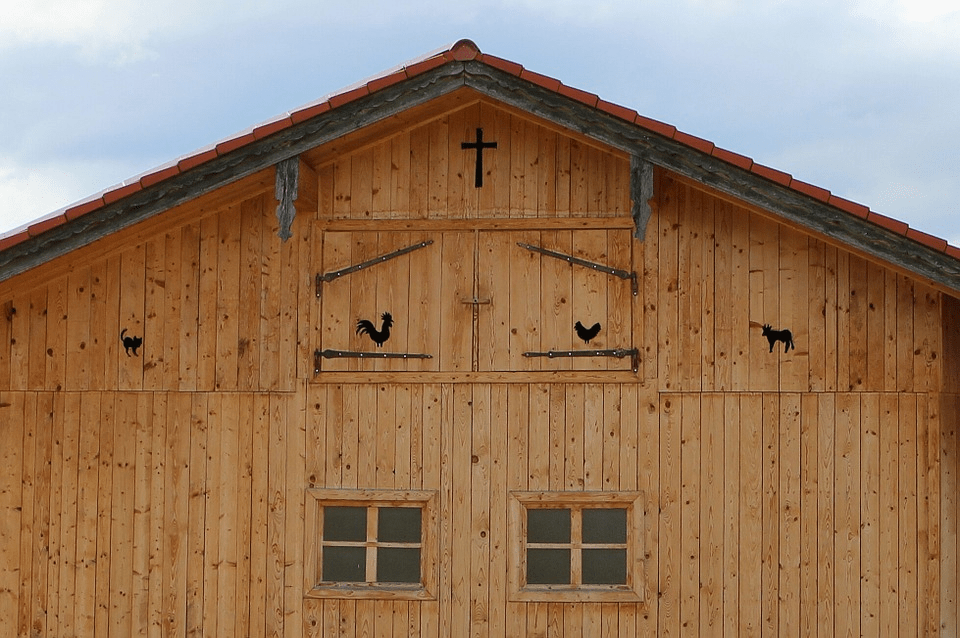
A gable roof is one of the most common and classic styles. They are formed of two sloping sides that come together to form a ridge at the highest point. The name comes from the triangular section of the end wall that is known as a gable.
Due to the simple design, Gable roofs cost less to construct than more extravagant styles. While simple in design, they are effective at draining rain and snow, depending on the slope. They can also provide a lot of top-floor space.
Hip Roof
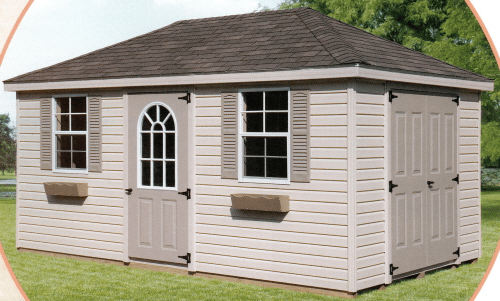
Hip roofs are a standard style that can be found on many residential homes and businesses. It is formed of a central ridge that slopes down on four sides.
Like gable roofs, they are not expensive or complicated to construct. However, they can easily be implemented on more elaborate structures, such as L-shaped homes.
In addition to the attractive look, hip roofs have some compelling architectural advantages. The four sides allow it to distribute weight and pressure more effectively than some double-sided roofs.
It is highly effective at managing rain and snow runoff, and when combined with its other advantages, this can mean lower maintenance costs and longer life.
Gambrel Roof
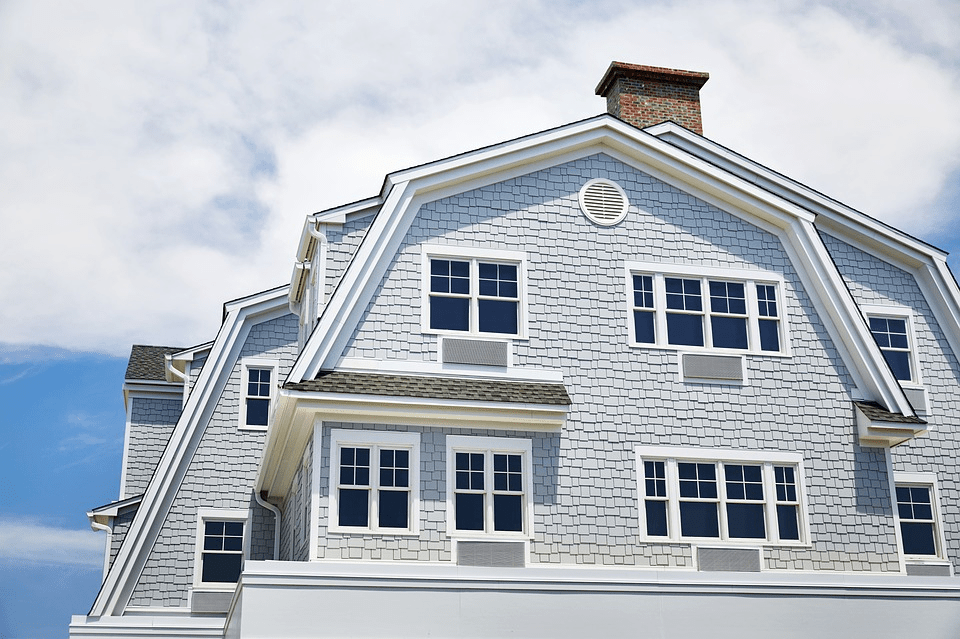
A gambrel roof is a roof that slopes at different angles as it moves outward from the center. The slope closest to the center is low, and the outside slope is very steep. This style is often seen on classic barns.
Gambrel roofs were designed to maximize top-floor space. This attic space can easily be finished into large offices, showrooms, or other areas, with light coming from all four sides.
These roofs tend to be more expensive to construct than other common styles. They may also require more maintenance.
They are not as resilient against harsh weather as other types of roofs, so they should be avoided in areas that experience heavy winds, rain, and snow.
Flat Roof (Low Slope Roof)
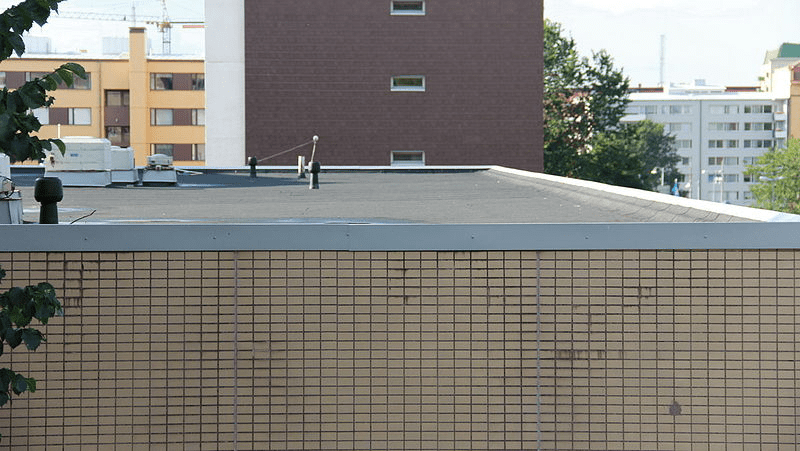
Flat roofs are roofs that appear to be level. They are used for residential and commercial structures, though they are far more common on commercial buildings.
While these roofs may appear flat, they have a very low slope that allows rainwater to be directed toward gutters. Some of these roofs may slope toward a drain located in the center.
The chief advantage of flat roofs is that they have low construction and installation costs. They can also take advantage of cheaper PVC sheet coverings rather than individual shingles.
Shingles
Shingles have the most significant impact on the appearance of your roof after the style of construction.
They come in a wide variety of different materials. Below, you’ll learn about some of the most common materials. Each one may come in multiple shapes, textures, and colors.
- Asphalt: Asphalt shingles are affordable and widely available. They have a lifespan between 15 to 25 years, depending on quality. They can be dyed in many different shades to achieve your preferred look.
- Aluminum: Aluminum shingles are widely available but more expensive than other standard options. They are highly resistant to environmental problems that wear down less durable materials. These shingles have a lifespan of around 40 to 70 years.
- Copper: Copper shingles are a specialty roofing material prized for their bright and vibrant look. They are not typically colored but expected to take on a patina as they age. They can last up to 100 years.
- Wood: Wood shingles are widely available at different price points. They may be made of cedar, cypress, redwood, or pine. Depending on the wood and climate, they have a lifespan of around 30 years.
- Slate: Slate shingles are carved from either soft or hard slate rock. While they are more expensive than many materials, they are also highly resistant to wear and fireproof. They can last from 75 to 200 years.
Choose the Right Look for Your Roof
There are so many ways that you can make your roof look like the one in your dreams. Start by choosing an attractive style that will catch attention from the street. Then, complete the personality of your roof by selecting beautiful shingles that can offer the advantages you need.
